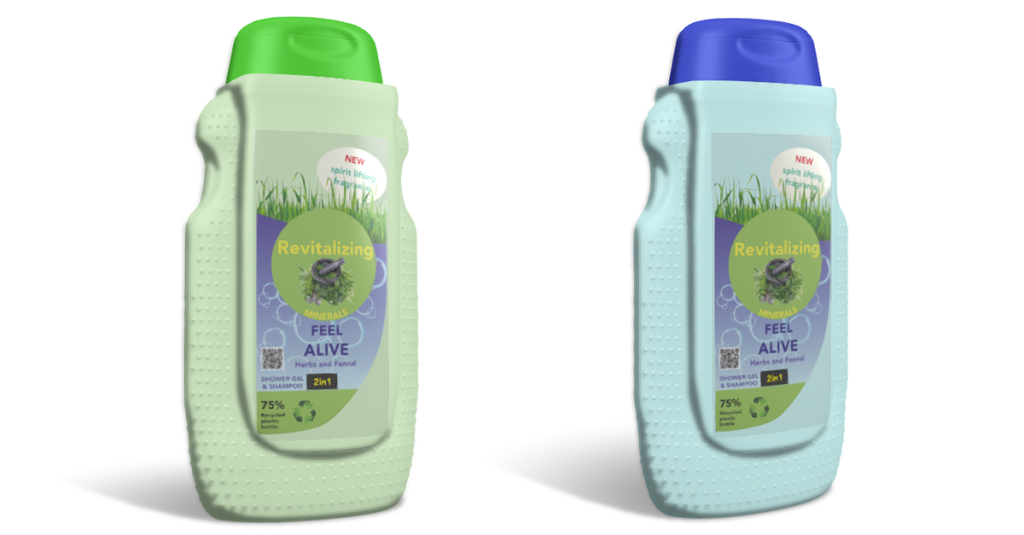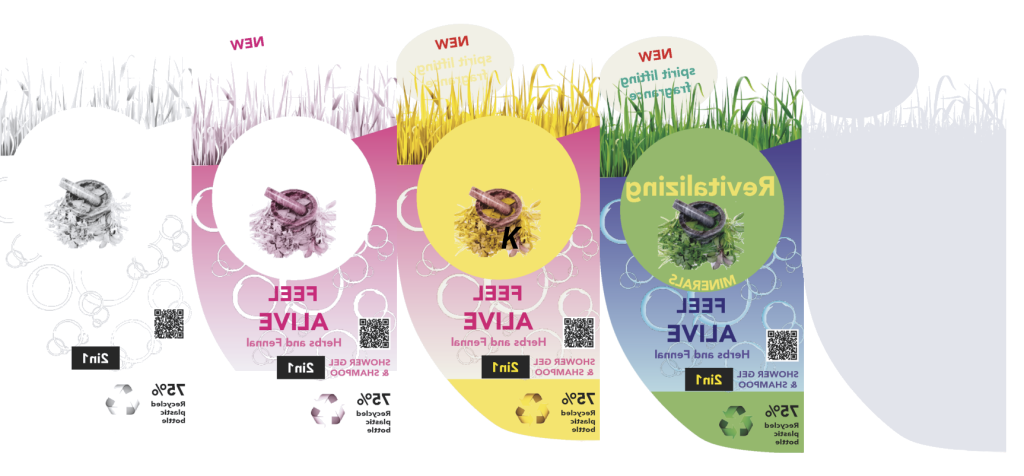Solving challenges of printing onto clear film in the pre-press stage
Nigel Wild, applications specialist and product manager for the Smart Workflow component in SmartDFE™, explains the challenges of printing onto clear film and how they can be overcome:
As a software developer for digital printing, we’re continually seeking ways to enhance the efficiency and versatility of our technologies. We work closely with our OEM customers to overcome the challenges that their customers are facing, and we were recently discussing how printing onto clear film comes with its own set of challenges and this possible scenario:
A company specializing in the packaging of liquid products routinely provides their own meticulously designed artwork for the labels they print onto containers. The nature of their business means frequent reorders of these labels, often requiring no alterations to the existing artwork. Thus, the reprints are straightforward, using the last-supplied file for efficiency and consistency.
The game-changer arrives with the introduction of a new inkjet printer capable of printing with white ink. This advancement unlocks the potential for printing on a variety of new substrates, among which clear film is a notable addition. The appeal of clear film printing lies in its ability to offer a lustrous finish by allowing designs to be printed on the reverse side. This not only enhances the visual appeal but also provides a protective layer for the printed ink, eliminating the need for a separate varnish coating.
The transition to clear film printing introduces a set of unique requirements. Printing on such a substrate necessitates a base layer of white ink—sometimes across the entire label, sometimes only beneath the specific printed areas to maintain transparency where desired. Additionally, the artwork needs to be mirrored, ensuring that, once applied to the containers, the labels appear correctly when viewed through the clear film.
Let’s say that the company faces an urgent order that demands these precise specifications, and with only 24 hours to fulfil it, the situation seems fraught with challenges. The small-scale printer, lacking an in-house studio, might view this as an insurmountable obstacle. However, Smart Workflow, a pdf file pre-processing component of SmartDFE, a full software stack for high-speed, single-pass inkjet presses, is designed precisely for such moments. With a few clicks, Smart Workflow can effortlessly mirror the existing artwork and introduce the required white ink layers -whether as an all-encompassing base or strategically placed behind specific printed areas. The solution also offers the flexibility to create one or two layers of white ink, with adjustable density settings to ensure optimal opacity without the risk of oversaturating the substrate.
The result? A seemingly daunting task can be resolved within minutes, transforming a potential crisis into a seamless operation, and producing the labels on schedule.

About the author

Nigel Wild is an applications specialist and responsible for workflow in the SmartDFE. He joined Global Graphics Software in 2022 after working in workflow automation for multinational packaging specialist Brand Imaging Solutions, a brand management and reprographic trade shop, working with brands such as Coca Cola, Del Monte, Weetabix, Vimto and Hallmark. Nigel has worked in the printing industry in most areas, from prepress, printing, supplying services, hardware and software solutions.

Be the first to receive our blog posts, news updates and product news. Why not subscribe to our monthly newsletter? Subscribe here

